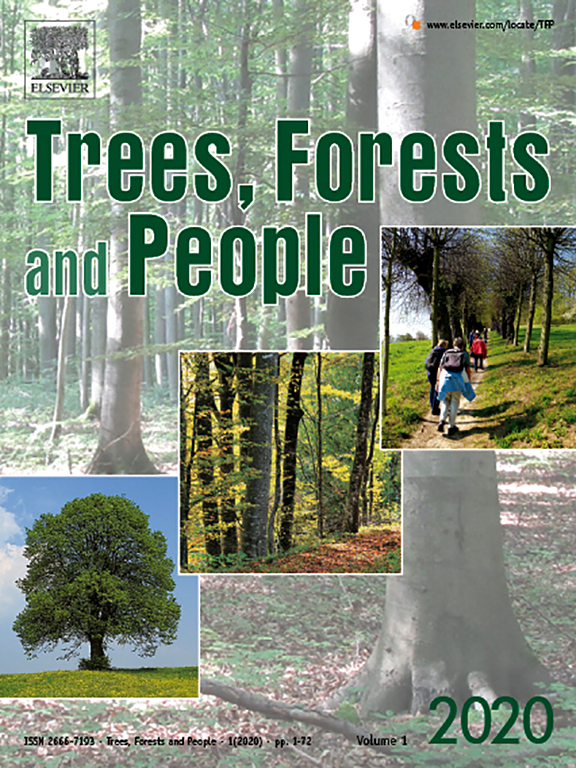Sugar palm (Arenga pinnata (Wurmb) Merr.) is a type of multipurpose palm with significant economic and environmental value and is widely distributed in Indonesia. All parts of the sugar palm plant organs, from the leaves to the roots, can be utilized, giving it great potential as a superior commodity such as coconut and oil palm. Our review highlighted there are several limitations for developing A. pinnata on an industrial scale. Currently, the A. pinnata industry operates mainly on a household scale, with raw materials sourced from natural stands rather than large-scale cultivation. Additionally, there is no breeding program for A. pinnata trees, resulting in variety and often low sap yields. Traditional management practices further hinder business development and market competitiveness. To promote A. pinnata as a superior commodity for food, energy, and water conservation in Indonesia, several strategies can be implemented: 1) Training and capacity building to increasing farmers' knowledge and skills in cultivating this species, 2) Optimizing the production process and product value chain development of palm sugar and other products such as candy seed, starch, and fibres, 3) Fostering collaboration among stakeholders, especially the government, through policies that support farmers in developing and marketing their products, 4) Promote A. pinnata in watershed rehabilitation and agroforestry for its deep roots that enhance water infiltration, prevent erosion, boost biodiversity, and retain soil moisture. These strategies will help enhance the productivity of A. pinnata, improve farmer welfare, and contribute to environmental sustainability.
DOI:
https://doi.org/10.1016/j.tfp.2025.100808
Dimensions Nombre de citations:



















